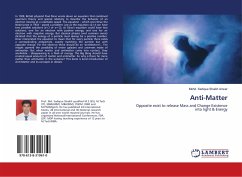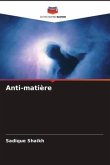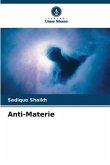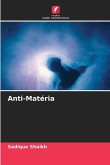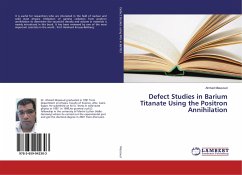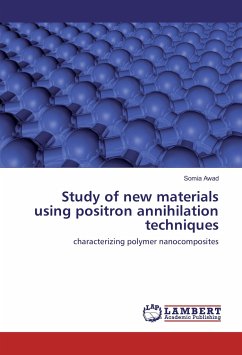In 1928, British physicist Paul Dirac wrote down an equation that combined quantum theory and special relativity to describe the behavior of an electron moving at a relativistic speed. The equation - which won Dirac the Nobel prize in 1933 - posed a problem: just as the equation x2=4 can have two possible solutions (x=2 or x=-2), so Dirac's equation could have two solutions, one for an electron with positive energy, and one for an electron with negative energy. But classical physics (and common sense) dictated that the energy of a particle must always be a positive number. Dirac interpreted the equation to mean that for every particle there exists a corresponding antiparticle, exactly matching the particle but with opposite charge. For the electron there should be an "antielectron",. The insight opened the possibility of entire galaxies and universes made of antimatter. But when matter and antimatter come into contact, they annihilate - disappearing in a flash of energy. The Big Bang should have created equal amounts of matter and antimatter. So why is there far more matter than antimatter in the universe? This book is lucid introduction of Anti-Matter and its concepts in details.

